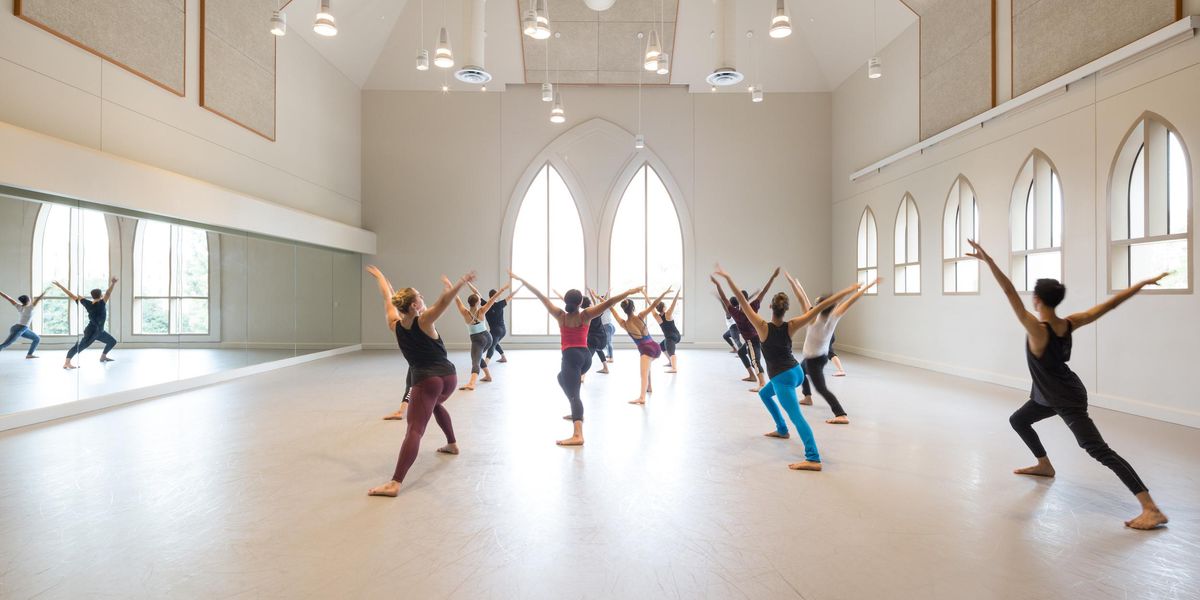Curtain Up
Choreographers are hard to pin down. They work in the dark, not knowing what they are creating until it’s done—or until it’s been done for a few years. So it’s not always easy to interview them about their work.
William Forsythe has developed his own “systems” for generating movement. To read his straightforward interview, you would never guess that his movement vocabulary is one of the most original on the planet and that he has opened the door to a new kind of physicality in ballet. To watch his work—and to dance his work—you have to be hyper alert.
To watch Eiko & Koma perform, you have to be in a completely different mood. Over the last 25 years they have created hypnotically slow works that transport you to a time and place that is somehow preverbal, where there is not much difference between animals, plants, and humans. Their performances can put audience members into a meditative state of mind.
Two radically different aesthetics, two major influences on today’s international dance scene. What Forsythe and Eiko & Koma have in common is their originality. In our cover story for this Choreography Issue, Forsythe talks about his experimental approach and how much he depends on the dancers. In “Tuning in to the Earth,” Deborah Jowitt talks about Eiko & Koma’s relationship to nature, which is at once serene and turbulent.
For those of you just starting out, we offer a full page of Choreography Opportunities. And I will throw my advice into the bargain. Pay heed to the two biggest mistakes a budding choreographer can make: doing too much and doing too little. If you put everything you know into one piece, it will be unshaped, unfocused. The audience may be interested at first, but then annoyed by each new step that doesn’t cleave to a central idea or theme. If you put in too little material and stretch it out over time, there will not be enough sense of discovery to sustain the experience, and the audience will be restless.
But the bigger lesson is: Beware of rules in choreography. The two that I just stated are sometimes broken by the greatest dance artists. Forsythe does “too much,” and Eiko & Koma do “too little.” But they do something else that is inexplicable, and their performances are terribly satisfying. So maybe the ultimate lesson is this: Do what’s right for you. Find your own path.




